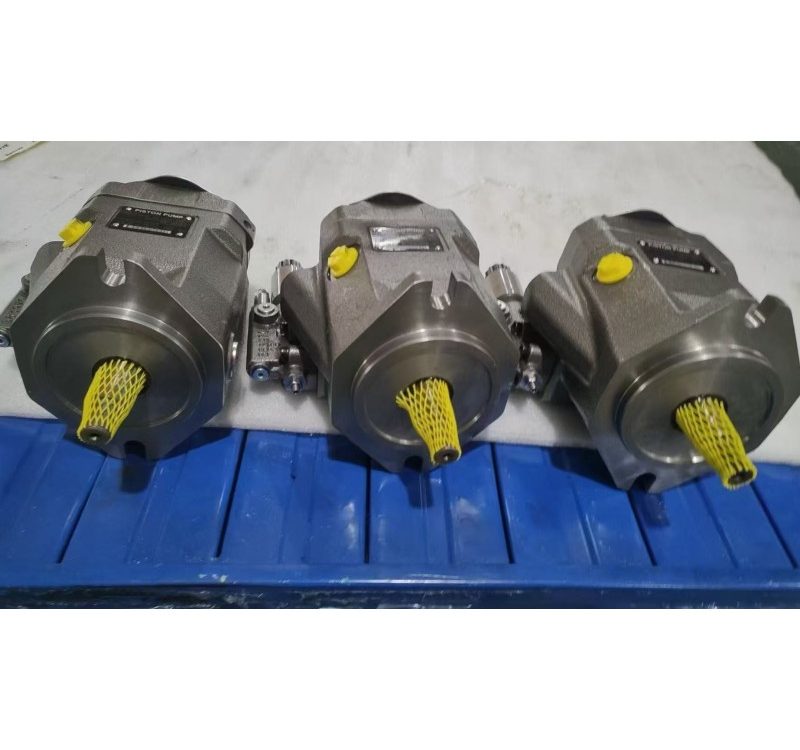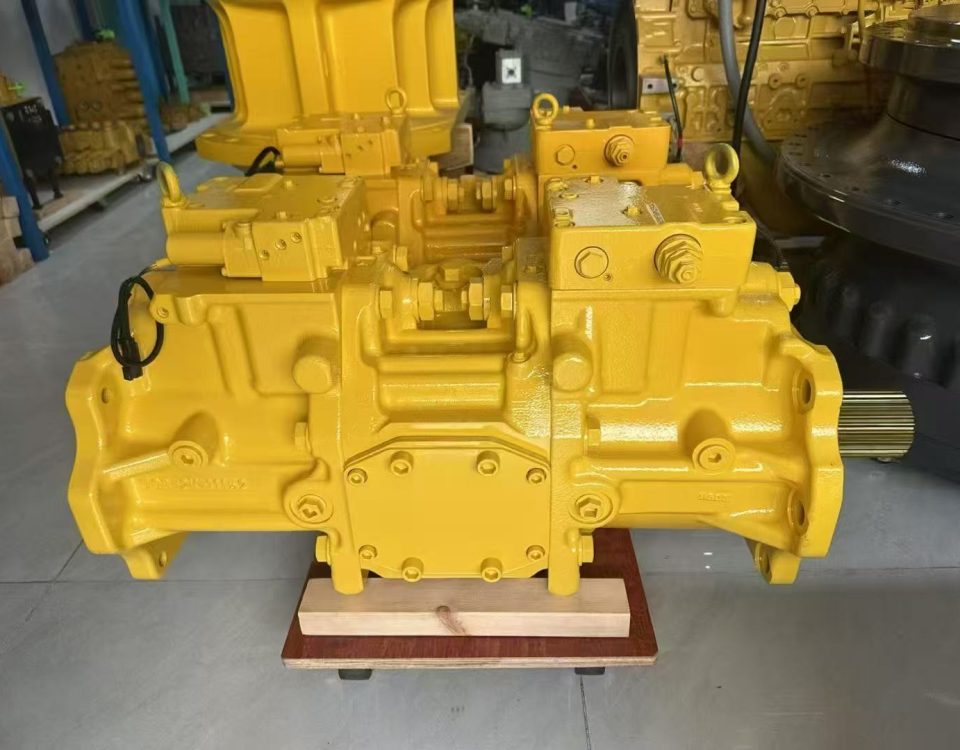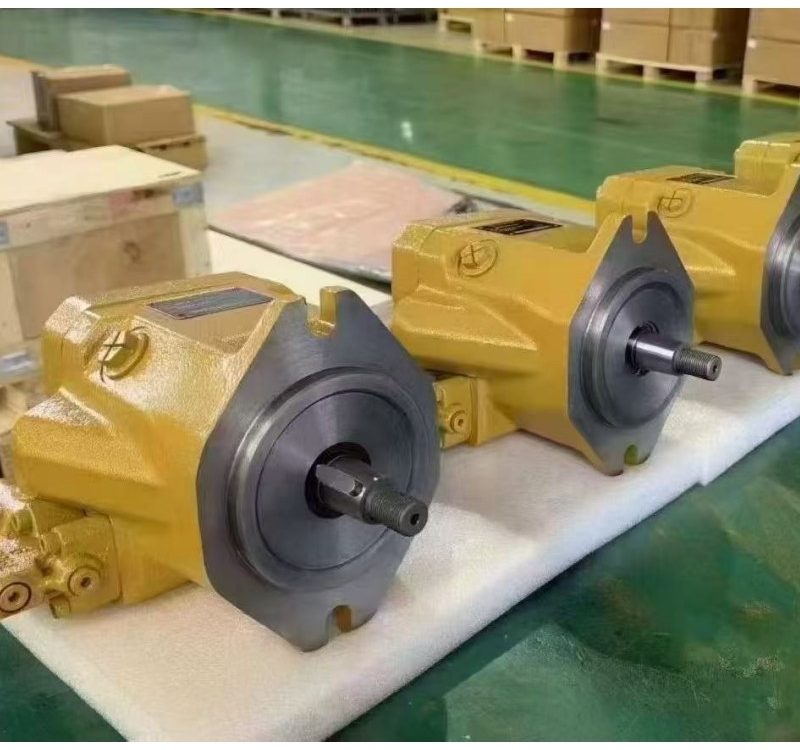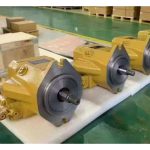
Essential Guide to Excavator Hydraulic Pumps: Choosing the Right One for Your Equipment
marzo 21, 2025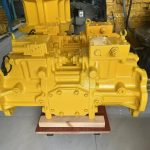
Common Faults and Troubleshooting Methods of Excavator Hydraulic Pumps
mayo 9, 20258 Common Misuses of Hydraulic Piston Pumps – The Consequences Are More Serious Than You Think!
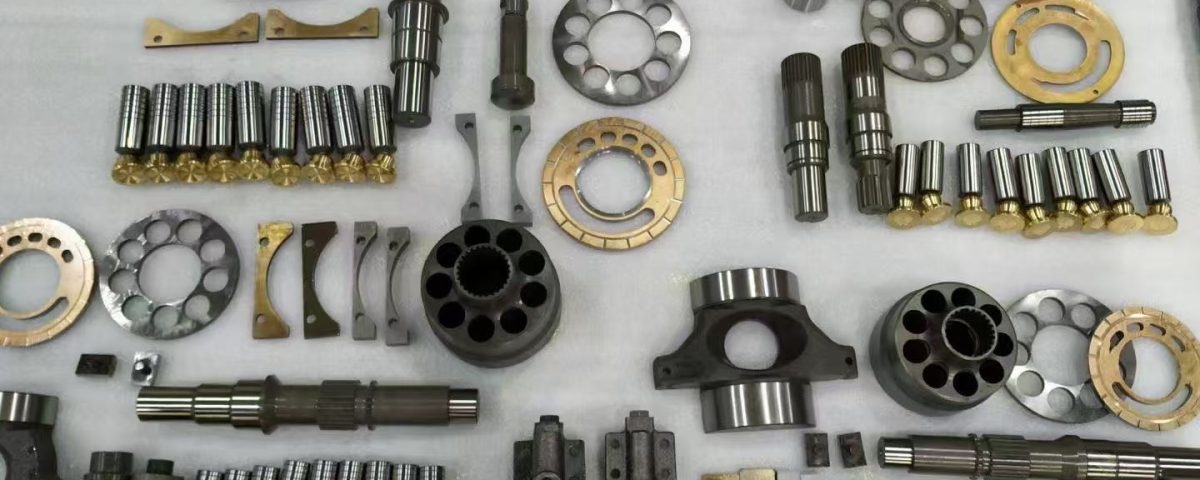
The hydraulic piston pump is the heart of a hydraulic system — its performance directly determines the efficiency and reliability of the entire system. Shockingly, over 95% of pump failures are not due to product quality, but rather improper use during installation, operation, or maintenance.
In this article, we highlight 8 common misuse scenarios of hydraulic piston pumps that can lead to serious damage, shortened service life, or costly downtime. Avoiding these mistakes is key to maximizing performance and longevity.
1. Contaminated Hydraulic Oil
Hydraulic tanks are rarely completely sealed, making them prone to dust and debris contamination. If the system lacks a high-precision filter—or worse, has no filter at all—particles can enter the pump, scratch internal components, and cause premature failure.
Tip: Use fine filters and change them regularly to maintain oil cleanliness within ISO standard limits.
2. Degraded or Recycled Hydraulic Oil
Using expired or recycled oil drastically reduces lubrication and anti-wear performance. This can lead to internal parts becoming sticky, darkened, or completely jammed, significantly shortening the pump’s lifespan.
Tip: Change oil every 2,000–3,000 hours, or at least once a year. In cleaner environments, oil life can extend to 6,000 hours.
3. Excessive Oil Temperature
Without a proper cooling system, continuous operation can push oil temperatures above 70°C (158°F). High temperatures accelerate oil oxidation, damage seals, and warp components, leading to rapid failure.
Tip: Maintain oil temperature between 40–55°C (104–131°F) and install efficient cooling systems to avoid overheating.
4. Water Contamination in Oil
Water can enter the system via faulty seals in water-cooled systems, causing the oil to emulsify (milky appearance). This leads to rusting and accelerated wear of internal metal parts.
Tip: Inspect cooling systems regularly. If emulsification occurs, replace the oil and thoroughly flush the system.
5. Improper Coupling Installation
If the coupling is too tight or lacks proper clearance, it exerts axial pressure on the pump shaft, damaging bearings and causing misalignment that can ultimately destroy the pump.
Tip: Ensure correct installation with proper shaft and coupling clearance to avoid axial loading.
6. Misalignment (Poor Shaft Coaxiality)
When the shaft alignment exceeds 0.1mm, it causes bearing wear and internal misalignment. In severe cases, the shaft may break entirely at its thickest point.
Tip: Use precision tools to check and correct shaft alignment during installation.
7. Incorrect Inlet Port Direction
An improperly positioned oil inlet restricts the suction area, leading to poor oil flow. This can cause excessive noise, pressure fluctuations, and rapid temperature increases, which reduce pump lifespan.
Tip: Design the suction path with adequate space and flow to ensure smooth operation.
8. Pressure Surges (Overpressure)
Sudden pressure spikes—often caused by a blocked relief valve—can cause catastrophic damage such as cracked housings or broken shafts. These extreme failures occur when internal pressure exceeds design limits.
Tip: Regularly inspect and maintain relief valves to prevent overpressure incidents.
Final Thoughts
The correct use and maintenance of a hydraulic piston pump require attention to detail. By avoiding these common errors, you can significantly extend the life of your equipment and prevent unexpected breakdowns.
Always follow the manufacturer’s user manual and seek technical support when needed. For professional guidance on selecting or maintaining hydraulic pumps, contact our team—we’re here to help!

